P.N.A.L.M. - Part I
2017
The National Park of Abruzzo, Lazio and Molise is a national park including for the most part (about 3/4) in the province of L'Aquila in Abruzzo and for the remainder in that of Frosinone in Lazio and in that of Isernia in Molise. It was inaugurated on 9 September 1922 in Pescasseroli, the current headquarters and central management of the park, while the body of the same name had already been established on 25 November 1921 with a provisional directorate. Its establishment took place officially with the Royal decree-law of 11 January 1923.
You may also like
2023
Scanno. The Church of San Rocco
The Church of San Rocco, known as the Madonna del Carmine is located in Scanno. It is also called the Madonna del Carmine, because since 1784 it has been the seat of a confraternity of the same name
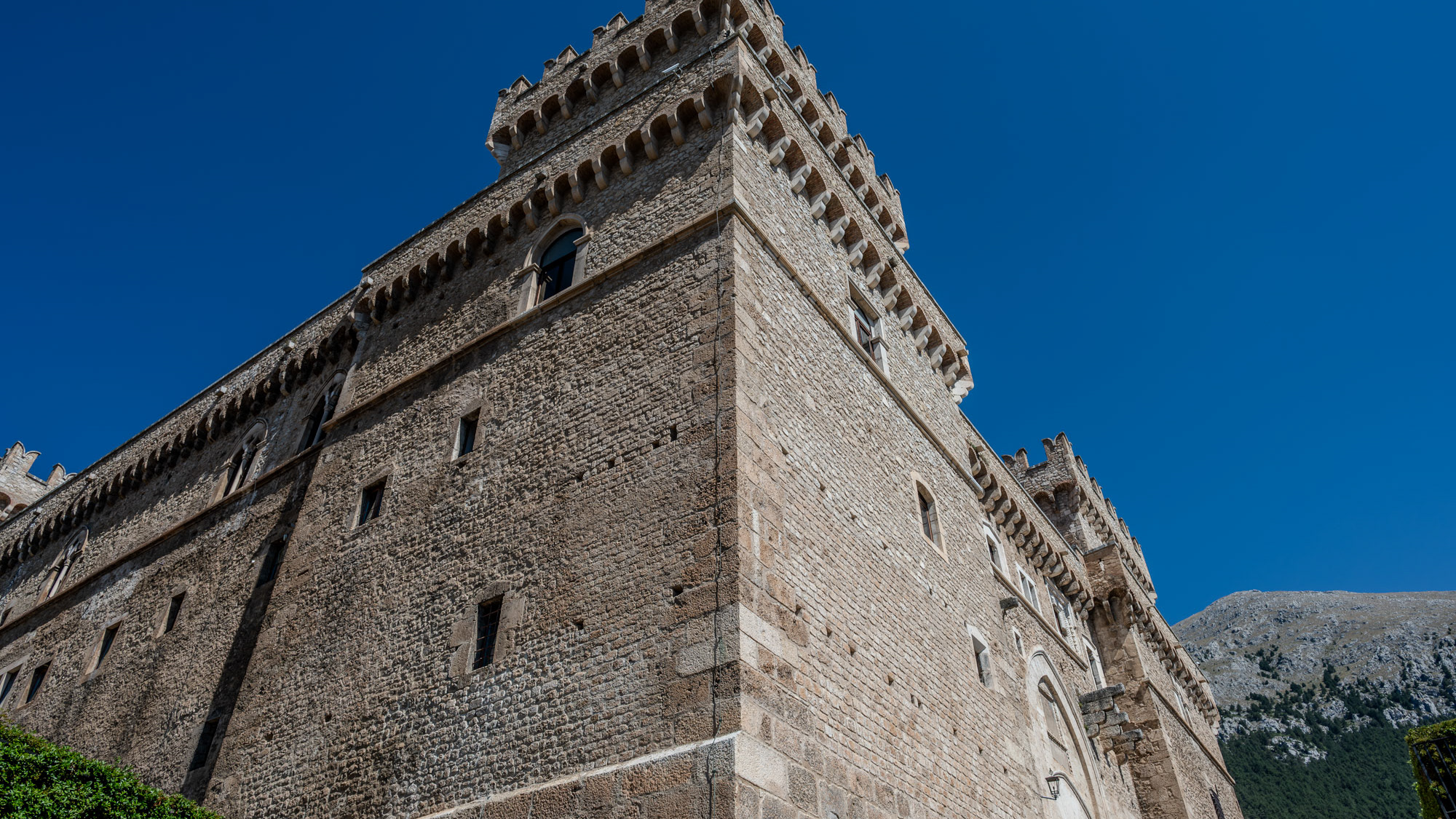
2024
Celano. The Piccolomini Castle
The Piccolomini Castle of Celano overlooks the Fucino plain, once occupied by the third largest lake in Italy, majestically and imposingly.

2025
Crecchio. The Ducal Castle De Riseis-D'Aragona
The castle is composed of four corner towers that enclose as many buildings. It is surrounded by a perimeter of walls that also enclose a garden.
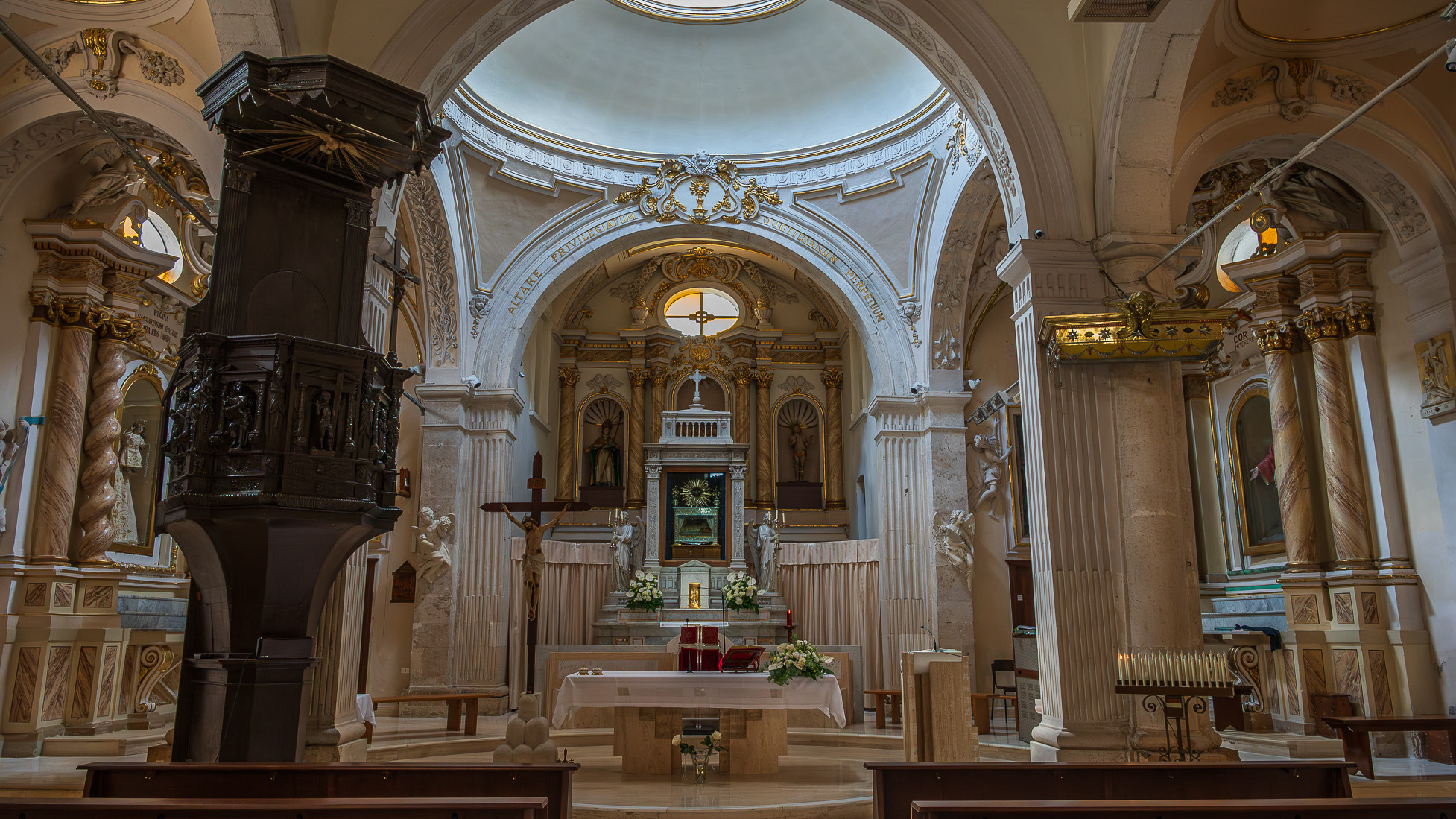
2023
Lama dei Peligni. Church of S. Nicholas and Clemente
Parish Church of the Child Jesus or of Saints Nicholas and Clemente. The parish church, originally dedicated to SS. Nicola and Clemente, was dedicated in 2015 to the Child Jesus, with a Decree of the archbishop mons. Bruno Strong. It is located in Piazza Umberto I, in front of the town hall. The original building dates back to the 16th century. An epigraph on the bell tower attests that the church was built in 1589 in the eighteenth century two windows were added on the facade for more light. The portico, located on the right side, dates back to the 20th century. The facade is rectangular. A tympanum dominates the portal, while a rose window is decorated with some little heads of angels. The portico has six bays with a round arch. The bell tower has three levels marked on the outside by a stringcourse frame. The interior has three naves, one central and two lateral. In the side aisles there are minor altars, with representations of saints. In the right aisle appear, in order, a niche with St. Sebastian, a first modern altar with an effigy of the Divine Mercy (recently set up), which houses the baptismal font, the latter covered by a late Gothic wooden chest dating back to the nineteenth century. Subsequently there is an altar with Our Lady of Sorrows and the dead Christ, then an altar with St. Anthony of Padua and finally a last one with the representation of the Sacred Heart of Jesus. In the left aisle there is, in order, a first altar with the Madonna del Rosario, then an altar with a painting of the Madonna delle Grazie. Subsequently an altar with S. Cesidio, followed by that in honor of S. Giuseppe. Finally there is a niche with S. Gabriele dell'Addolorata. At the back of the church, on the entrance door, there is a mezzanine supported by four columns, which houses a pipe organ built in the 17th century. At the end to the left of the central nave there is a wooden pulpit, with representations of the life of Jesus. The main altar is located at the end of the central nave, located in the center of the presbytery and is illuminated by the light from the dome. Behind the altar is the urn of the Holy Child, with the tabernacle below.
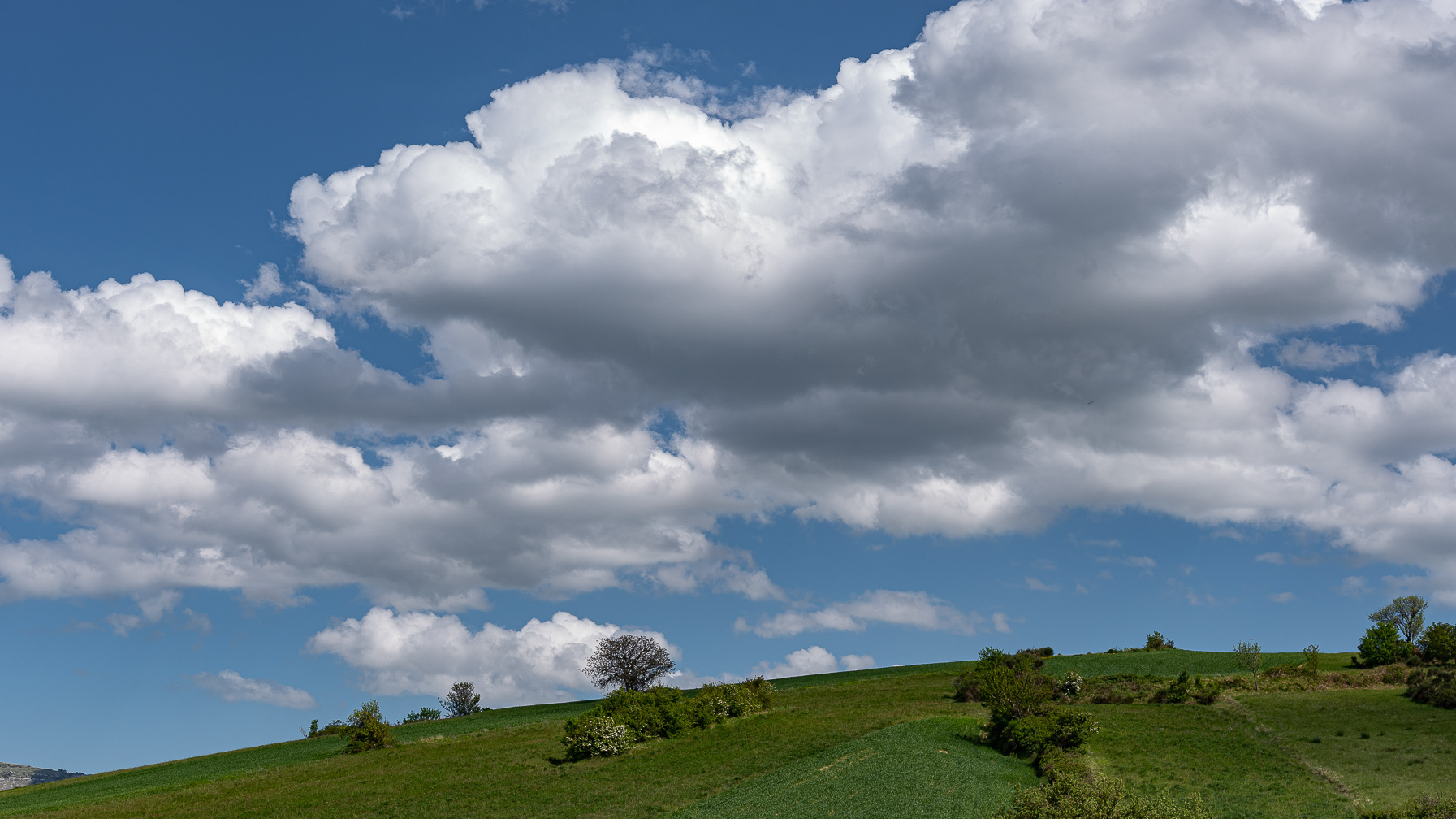
2021
Panoramas of Abruzzo
Abruzzo is an Italian region located east of Rome, between the Adriatic and the Apennines. The hinterland consists largely of national parks and nature reserves. The region also includes medieval and Renaissance villages perched on the hills. The regional capital, L'Aquila, is a walled city, damaged by the earthquake of 2009. The Costa dei Trabocchi, with its sandy coves, takes its name from the traditional fishing piers.
2025
Ortona. The Aragonese Castle
The Aragonese Castle is a fortification of Ortona, on the edge of the city and overlooking the sea. Famous residence of the protector of Ortona Ludovica Ianneys (1756-1812) from 1773 to 1812.
2021
Rio Verde
The Rio Verde was born in Quarto, between Abruzzo and Molise, and after a short path it joins the Sangro with a considerable difference in height (400 m) creating the spectacular waterfalls divided into three consecutive jumps of 200 meters.
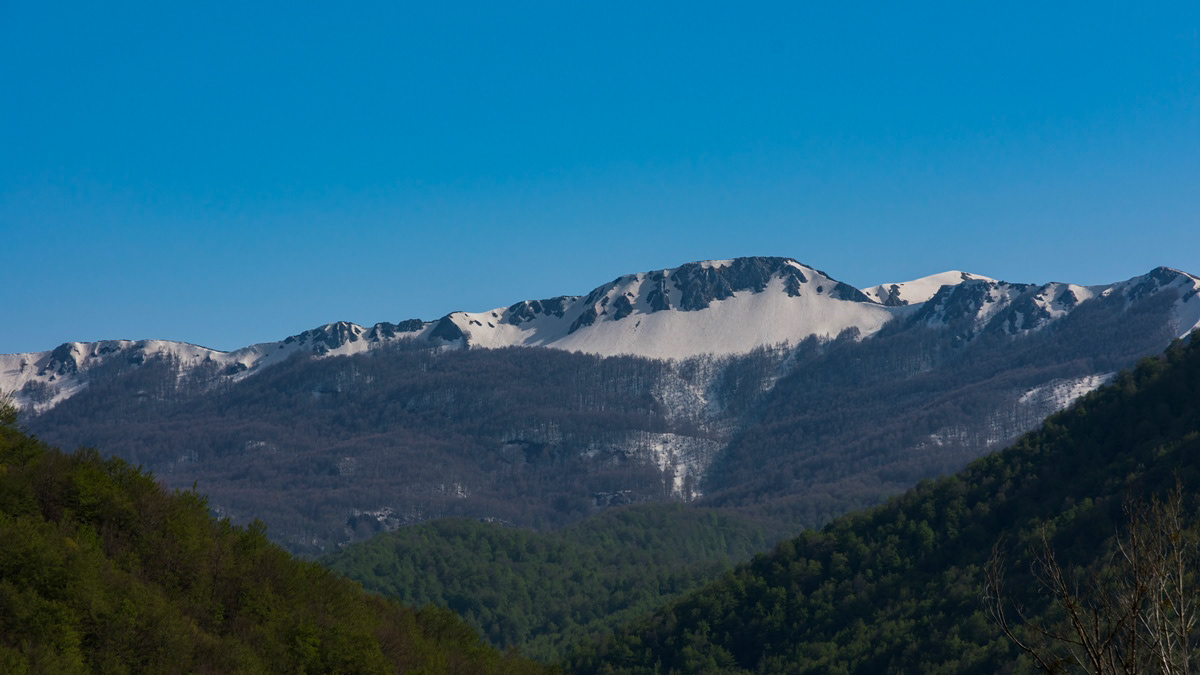
2018
P.N.A.L.M. - Part IV
The National Park of Abruzzo, Lazio and Molise is a national park including for the most part (about 3/4) in the province of L'Aquila in Abruzzo and for the remainder in that of Frosinone in Lazio and in that of Isernia in Molise. It was inaugurated on 9 September 1922 in Pescasseroli, the current headquarters and central management of the park, while the body of the same name had already been established on 25 November 1921 with a provisional directorate. Its establishment took place officially with the Royal decree-law of 11 January 1923.
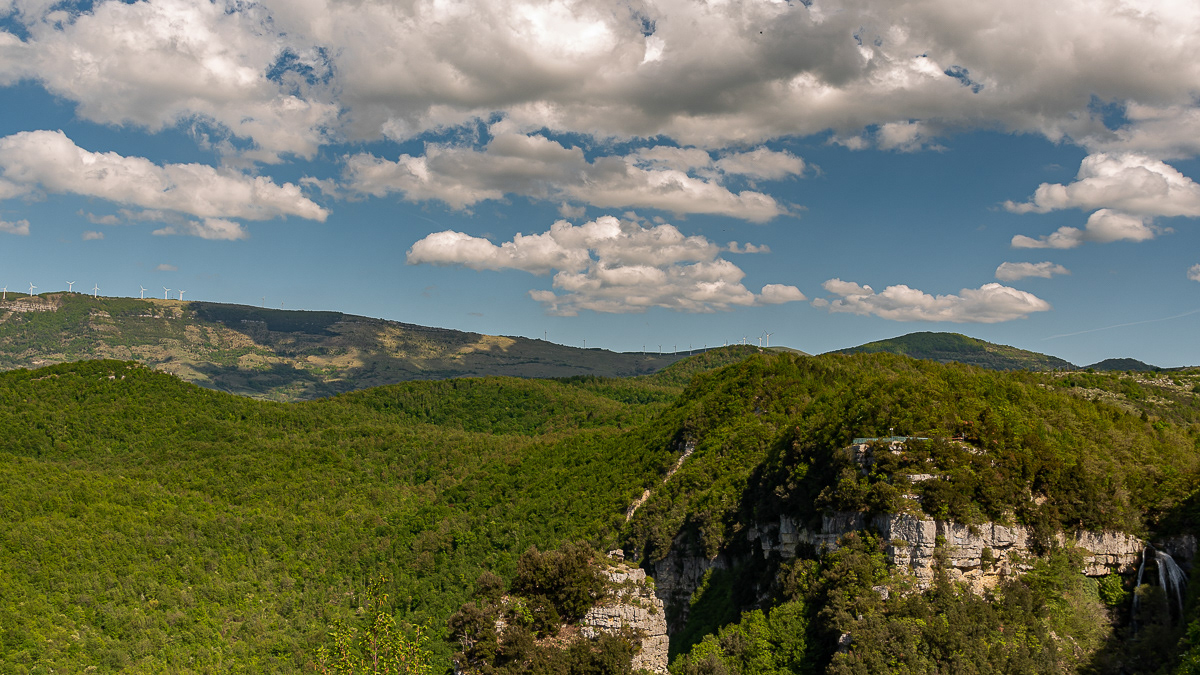
2021
Rio Verde waterfalls
Borrello, Chieti, Abruzzo. The Regional Nature Reserve and the WWF OASIS Cascate del Verde. It is a protected natural area of Abruzzo, established in 2001, which covers an area of approximately 287 hectares.
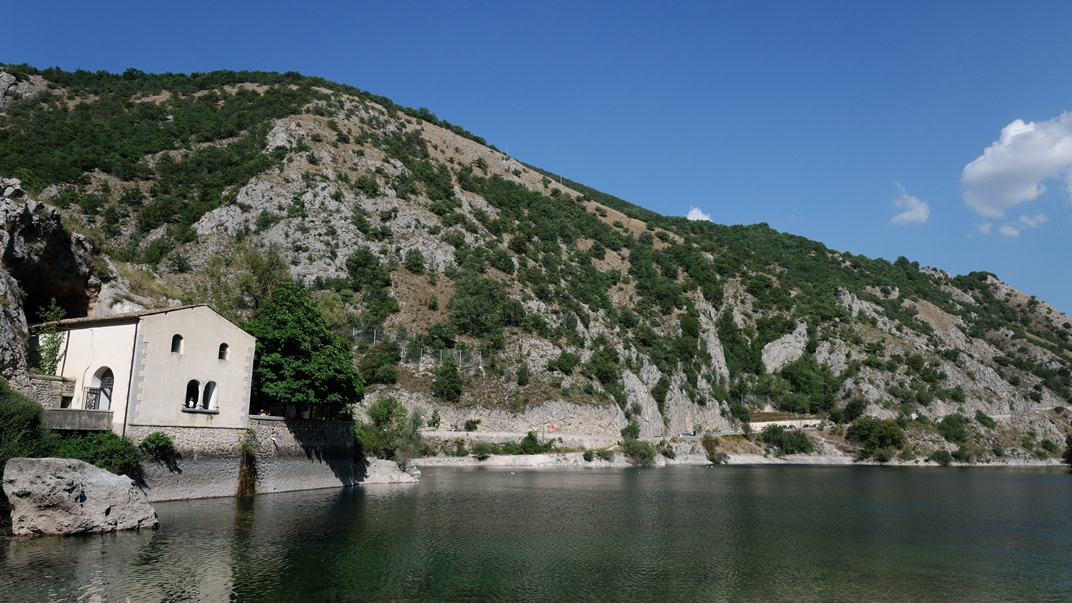
2016
Villalago (AQ) - Hermitage of S. Domenico
The hermitage of San Domenico is a small church, located in the territory of the municipality of Villalago (AQ), in the Sagittario valley, on the shore of the homonymous Lake of San Domenico. It includes a cave dug into the limestone, in which according to tradition, around the year 1000 the Benedictine monk San Domenico lived. San Domenico came from Sora, and was housed in the Benedictine monastery of San Pietro de Lacu, which has now disappeared; later he also went to nearby Cocullo, where he healed a girl bitten by a snake. At the road he also tamed a wolf, who had kidnapped an infant from the cradle, while his parents were chopping wood in the woods. And the miracle will be reproduced on votive canvases on the porch of the hermitage. The actual hermitage was built around the fifteenth century, when the cult of St. Dominic spread. Before the construction of the dam and the consequent formation of the lake, in 1929, the hermitage had a different exterior, with a mullioned portico and a recessed facade with a large window, and was accessible from a medieval bridge in a serious state of conservation. With the dam, the new stone bridge was built in a fake medieval style and the facade of the hermitage was rebuilt.
